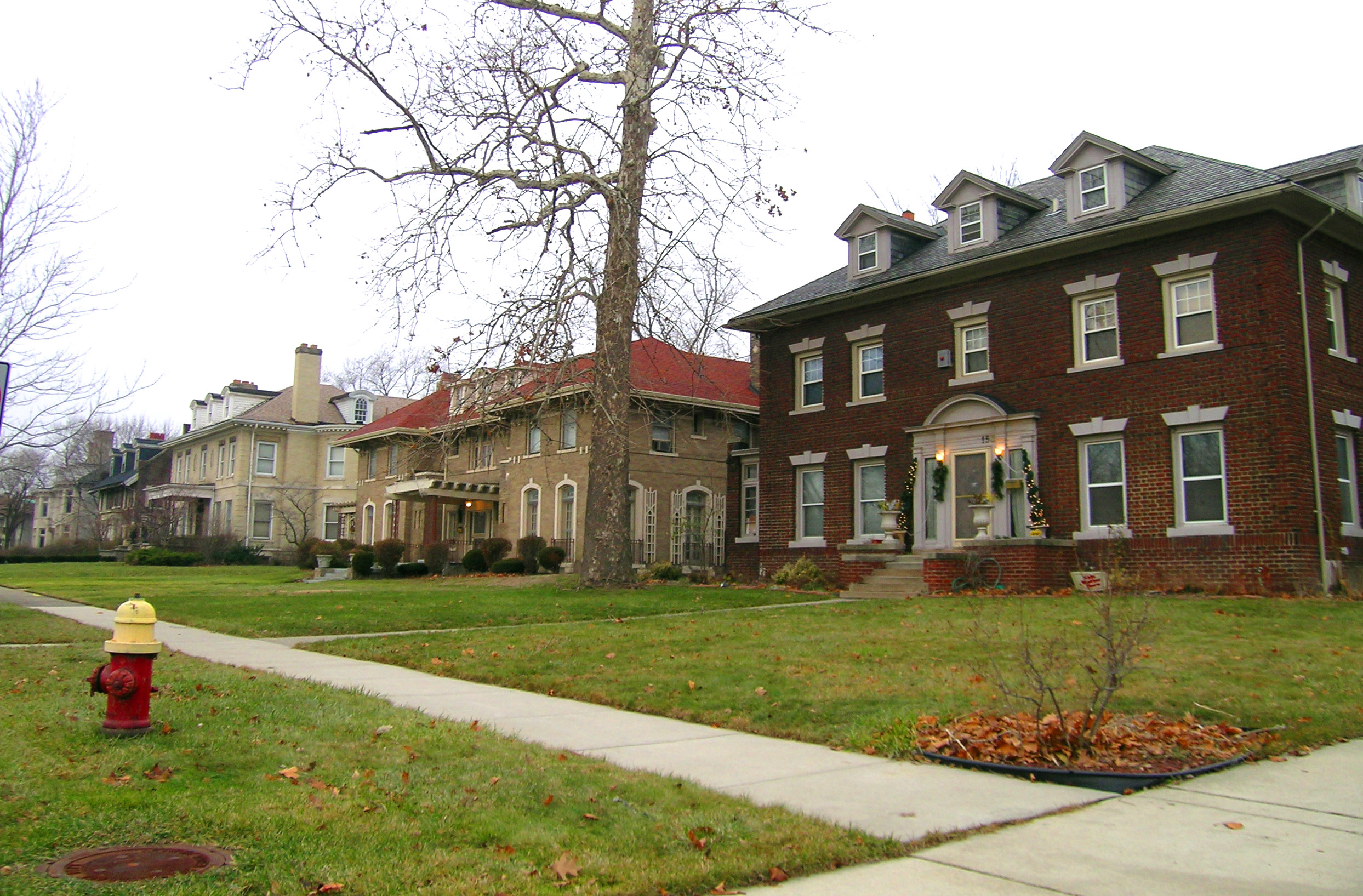- Arden Park-East Boston Historic District
Infobox_nrhp | name =Arden Park-East Boston Historic District
nrhp_type =

caption =
location=Detroit, Michigan
USA
locmapin = Michigan
mapwidth = 250
lat_degrees = 42
lat_minutes = 23
lat_seconds = 17
lat_direction = N
long_degrees = 83
long_minutes = 04
long_seconds = 51
long_direction = W
area =
architect= Multiple
architecture= Late 19th And Early 20th Century American Movements, Late 19th And 20th Century Revivals, Renaissance
added =April 29 ,1982
governing_body = Private
refnum=82002891cite web|url=http://www.nr.nps.gov/|title=National Register Information System|date=2007-01-23|work=National Register of Historic Places|publisher=National Park Service]The Arden Park-East Boston Historic District is a neighborhood in the City of
Detroit , Michigan, bounded on the west byWoodward Avenue , on the north by East Boston Boulevard, on the east by Oakland Avenue, and on the south by Arden Park Boulevard. [http://www.ci.detroit.mi.us/historic/districts/arden_park.pdf The Detroit Historic District Commission] ] The area is immediately adjacent to the largerBoston-Edison Historic District on the opposite side of Woodward Avenue. There are 92 homes in the district, all on East Boston and Arden Park Boulevards. [http://www.historicbostonedison.org/apeb.shtml Arden Park East Boston from Boston-Edison] ] Arden Park Boulevard and East Boston Boulevard feature prominent grassy medians with richly planted trees and flowers. The set-backs of the homes are deep, with oversized lots.History
The neighborhood was originally platted in 1892 by Joseph R. McLaughlin and Edmund J. Owen along two streets east of Woodward: specifically, East Boston Boulevard and East Chicago Boulevard. [http://www.detroit1701.org/ArdenPark_Hist.htm Detroit 1701] ] and given the name "McLaughlin and Owen's Subdivision." [http://www.cis.state.mi.us/platmaps/dt_image.asp?BCC_SUBINDEX=1068 Plat map of McLaughlin and Owen's Subdivision] from the state of Michigan.] The lots were spacious to attract the city's wealthier residents. [http://www.modeldmedia.com/developmentnews/arden51.aspx Model D Media] ] The subdivision was sold twice before being purchased by Max Broock, a prominent real estate developer, in 1910. Broock changed the name of "East Chicago" to "Arden Park," giving the thoroughfare its present name.
Homes and Early Residents
Although the neighborhood was first platted in 1892, most of the homes built in the community date to the first two decades of the Twentieth Century. This time period coincided with an economic boom in Detroit, and many newly-minted millionaires hired architects to design prestigious dwellings in the neighborhood.
Architectural styles represented in Arden Park-East Boston includeItalian Renaissance ,Colonial Revival , Tudor,Bungalow style andPrairie Style .Some of the neighborhood's first residents included automotive icons
Frederick Fisher andJohn Dodge , retail pioneerJ.L. Hudson , as well asAlexander Y. Malcomson ,Albert Nelson Marquis, [http://books.google.com/books?id=wEevJkgsgoYC&printsec=frontcover&num=100&as_brr=3#PPA312 "The Book of Detroiters"] , 1908, A. N. Marquis & Co., p. 312] Clayton and Albert Grinnell. Another retail magnate, Stanley Kresge, Jr. of K-Mart fame, resided in the community. The home of Frederick Fisher, on Arden Park Boulevard, was built in 1918 in the Italian Villa style to the plan of architect George D. Mason. The residence--which comprises nearly 12,000 square feet--is built entirely of Indiana limestone and features elaborate stone-carvings and ironwork.The neighborhood's most prominent landmark is the
Cathedral of the Most Blessed Sacrament . Next door to the cathedral, is the personal residence of Detroit's Roman Catholic Cardinal Archbishop.Later Residents
In the 1940s, prominent black professionals began to move into the neighborhood. These included Dr.
Dewitt Burton , founderof the Burton Mercy Hospital;Charles Diggs, Sr. first black elected to the Michigan State Senate (father ofCharles Diggs, Jr. ), and Dr.Haley Bell , dentist, and the first black to receive an FCC license to operate a radio station (WCHB ). Prophet Jones, a prominent African-American Detroit religious leader of the 1950s, resided in a mansion on Arden Park and often addressed his congregation from the front steps of the residence.Zena Simmons, " [http://info.detnews.com/history/story/index.cfm?id=182&category=people Detroit's flamboyant Prophet Jones] ," "The Detroit News" ]Today, the neighborhood is comprised largely of urban professionals, many of whom work in downtown Detroit. The neighborhood has been listed on the
National Register of Historic Places , the State of Michigan Register of Historic Sites, and is a City of Detroit Designated Historic District.References
Wikimedia Foundation. 2010.
